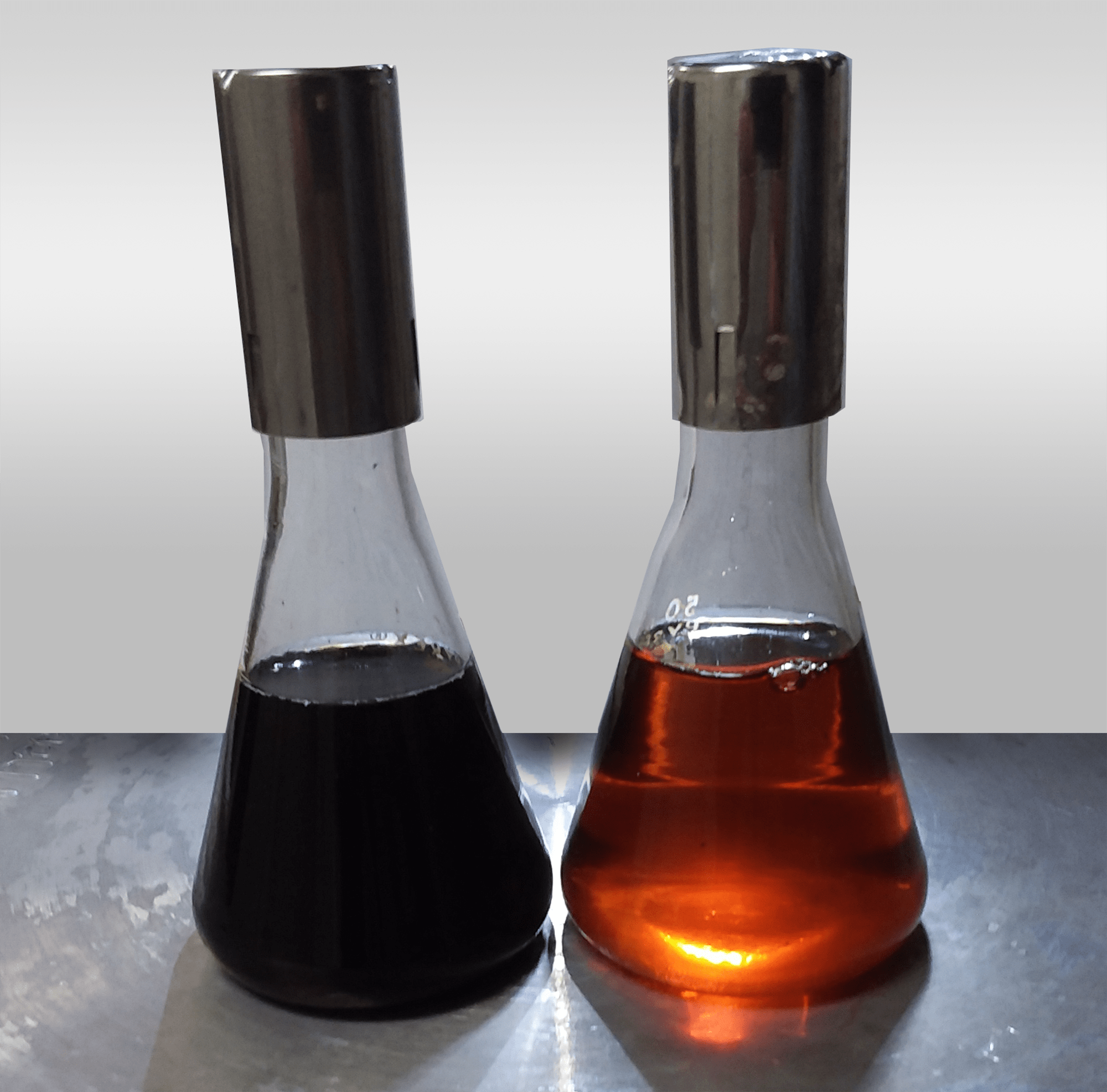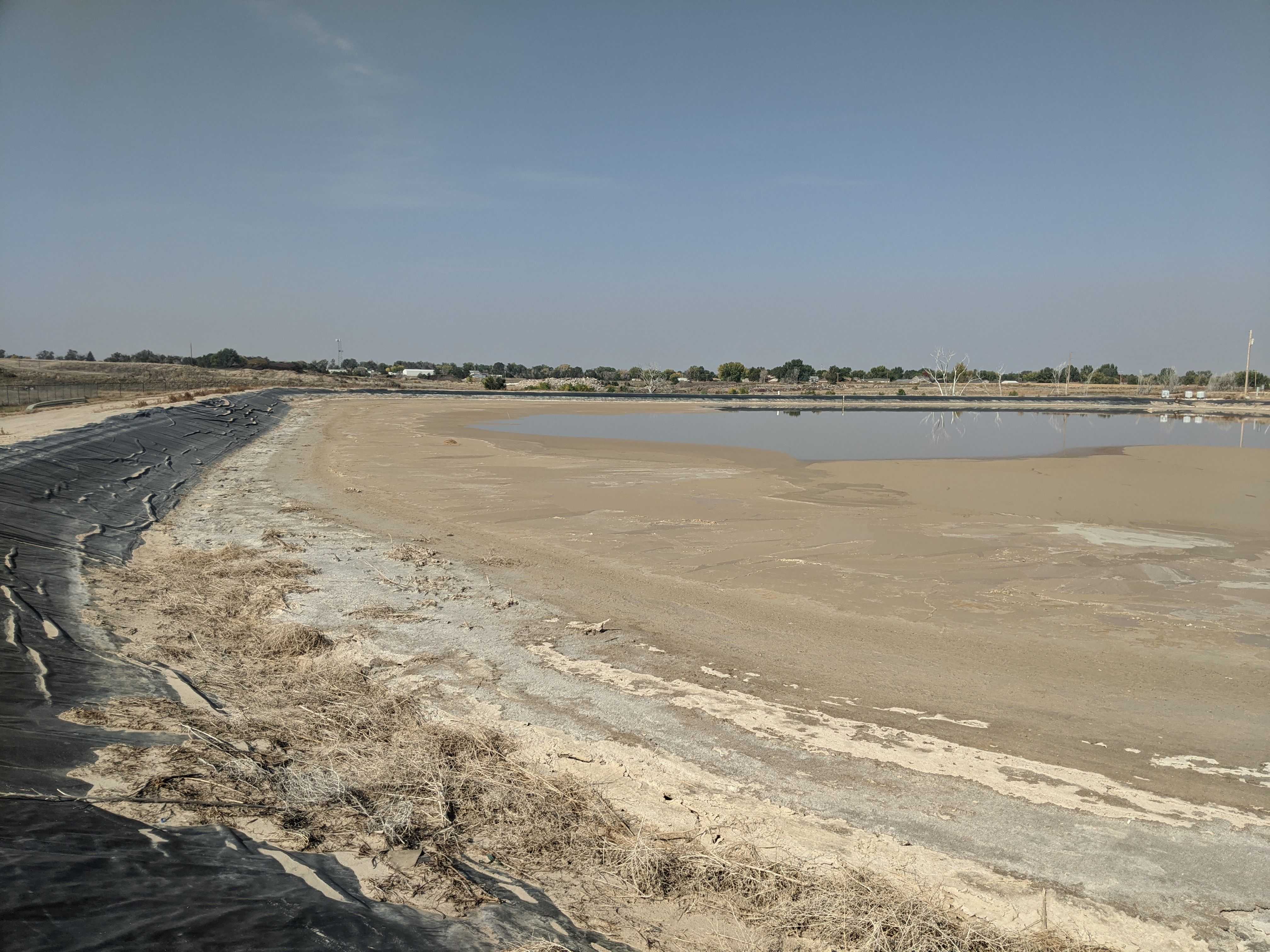Eastern Shore Microbes H.E.A.T. process eliminates waste brine without energy, or additional infrastructure. No harmful byproducts are produced. It is more cost-effective and better for the environment. All at a microscopic level. So how does the process work? H.E.A.T. — Halophilic Evaporative Applications Technology — is complex in its specifics, based on a simple principle .
Every waste brine contains multiple contaminants. It may have various types of salts, heavy metals or organic waste. pH may vary from very basic (high pH) through neutral to extremely acidic. The water may have originated from food processing, manufacturing plants mining operations, fossil fuel production or leather manufacture. ESM starts by determining the right mix of H.E.A.T. microbes and nutrients to add to each brine. ESM has a vast library of microorganisms to recruit from, each with its own unique properties that make it suited to one type of contaminant or another. All our microbes are 100% safe; they are non-pathogenic and naturally occurring.
Once the right combination of microbes has been determined and tested to ensure success in your brine, we produce a quantity large enough to begin treatment. We simply pour this mix into your lagoon and the microbes go to work. They already possess all the tools your company needs to clean and get rid of its brine. They ingest and break down the organic contaminants. As they do this, they produce energy, some of which goes into reproduction, turning what started as a small culture of microbes into a lagoon full of natural water purifiers!
Remaining energy is released increasing the brine temperatures. This speeds up natural evaporation. As the microbes continue to ingest more contaminant, they release completely safe and natural bio-materials, such as water and carbon dioxide. The process is so efficient only 2.4% of the total materials remaining in your lagoon is biomass.
Always feel free to reach out with questions. We're more than happy to discuss your specific questions and challenges!


✕Left flask is untreated brine a mixture of boron, manganese, grease and paraffin waxes. Image on right same brine after 6 weeks of ESM H.E.A.T. treatment. ESM’s microbes found the wax and grease before the client realized it was present.
Exhibit A - This waste contained copper; the vial on the right is after one month of treatment at client site.


Exhibit B - 5 acre lagoon after only 12 months of H.E.A.T. treatment – 4.0 million gallons at start - 3.88 million gallons evaporated in the first year.
| Other Methods | ESM Method | |
| Evaporation Rate | Decreases as salt increases, or requires increased energy input | Increases with increased salt concentration |
| Organics | Remain in crystals | Degraded into safe biomass |
| Minerals | Contaminated | Clean |
| Odors | Present (organics) | Odor Free (odors disappear from metabolism) |
| Acceleration | Must be chemically or mechanically accelerated | Naturally self-heating |
| Side Effects | Overspray, equipment breakdown, cooling, residual brine | Fresh clean water vapor, usable saleable crystals |
| Mechanical Brine Disposal Methods | H.E.A.T. | |
| Long term operating cost (per gallon) | $.02–$.055 per machine $.40/gallon injection wells |
Contact Us |
| Contaminant Degradation | NO | YES |
| Initial Investment Treating Lagoons | $28,000–$50,000,000 | <$2,000/1MM Gallons |
| Pre Treatment Needed | YES | NO |
| Additional Infrastructure | YES | NO |
| Other Considerations | May need: Fences for sprays, cement pads, electrical service, plumbing, buildings, control systems and software, new lagoon construction, purchase of additional land, etc. | None |
Electrical Generation
Hide Production
Landfill Leachates
Oil and Gas Production
CO2 Sequestration
Lithium Production
Solution Mining Wastes